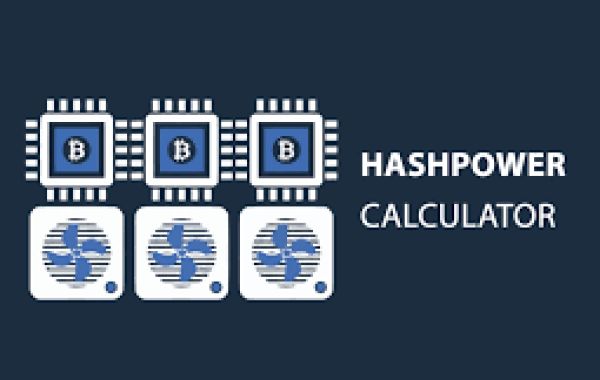Hashrate calculation is a fundamental aspect of cryptocurrency mining, influencing a miner's profitability and success in the blockchain ecosystem. Understanding how to calculate hashrate accurately is essential for miners to optimize their operations, assess their potential earnings, and make informed decisions about hardware investments and mining strategies. In this comprehensive guide, we'll delve into the intricacies of hashrate calculation, explore various methods for determining hashrate, and provide valuable tips and strategies for miners to enhance their mining endeavors.
Understanding Hashrate
Hashrate, measured in hashes per second (H/s), represents the computational power dedicated to solving cryptographic puzzles and validating transactions on a blockchain network. It serves as a measure of a miner's processing capacity and determines the speed at which they can contribute to securing the blockchain and earning rewards. The higher the hashrate, the more computational power a miner possesses, increasing their chances of successfully mining blocks and receiving block rewards.
Methods for Calculating Hashrate
There are several methods miners can use to calculate hashrate, each suited to different mining scenarios and hardware configurations:
Direct Measurement: Miners can directly measure the hashrate of their mining hardware using specialized software or mining pool statistics. This method provides real-time data on the actual performance of the mining equipment.
Manufacturer Specifications: Mining hardware manufacturers often provide specifications indicating the expected hashrate of their devices under optimal conditions. While these figures serve as a useful reference point, actual hashrates may vary depending on factors such as environmental conditions and hardware configuration.
Mining Pool Reports: Many mining pools provide hashrate reports for individual miners or mining rigs connected to their pool. Miners can use these reports to assess their mining performance and adjust their strategies accordingly.
Benchmarking: Miners can benchmark their hardware by running predefined tests or mining algorithms to gauge its performance and estimate hashrate. Benchmarking helps identify hardware strengths and weaknesses and allows miners to optimize their mining setups.
Tips and Strategies for Hashrate Calculation
Regular Monitoring: It's essential for miners to monitor their hashrate regularly to ensure optimal performance and detect any issues or fluctuations. By regularly checking hashrate converter, miners can identify potential problems such as hardware malfunctions or network connectivity issues and take corrective action promptly.
Optimize Hardware Settings: Tweaking hardware settings such as clock speeds, voltages, and memory timings can affect hashrate performance. Miners should experiment with different settings to find the optimal configuration that maximizes hashrate while maintaining hardware stability
Stay Informed: Keeping abreast of developments in the cryptocurrency mining industry, including changes in mining algorithms, network difficulty adjustments, and hardware innovations, can help miners adapt their strategies and optimize their hashrate performance.
Consider External Factors: External factors such as ambient temperature, humidity levels, and electricity costs can impact hashrate performance. Miners should take these factors into account when calculating hashrate and assessing overall mining profitability.
Calculating hashrate is a critical aspect of cryptocurrency mining, enabling miners to assess their mining performance, estimate potential earnings, and optimize their operations. By understanding the various methods for calculating hashrate, implementing effective monitoring strategies, and staying informed about industry developments, miners can maximize their hashrate performance and enhance their overall mining success.








